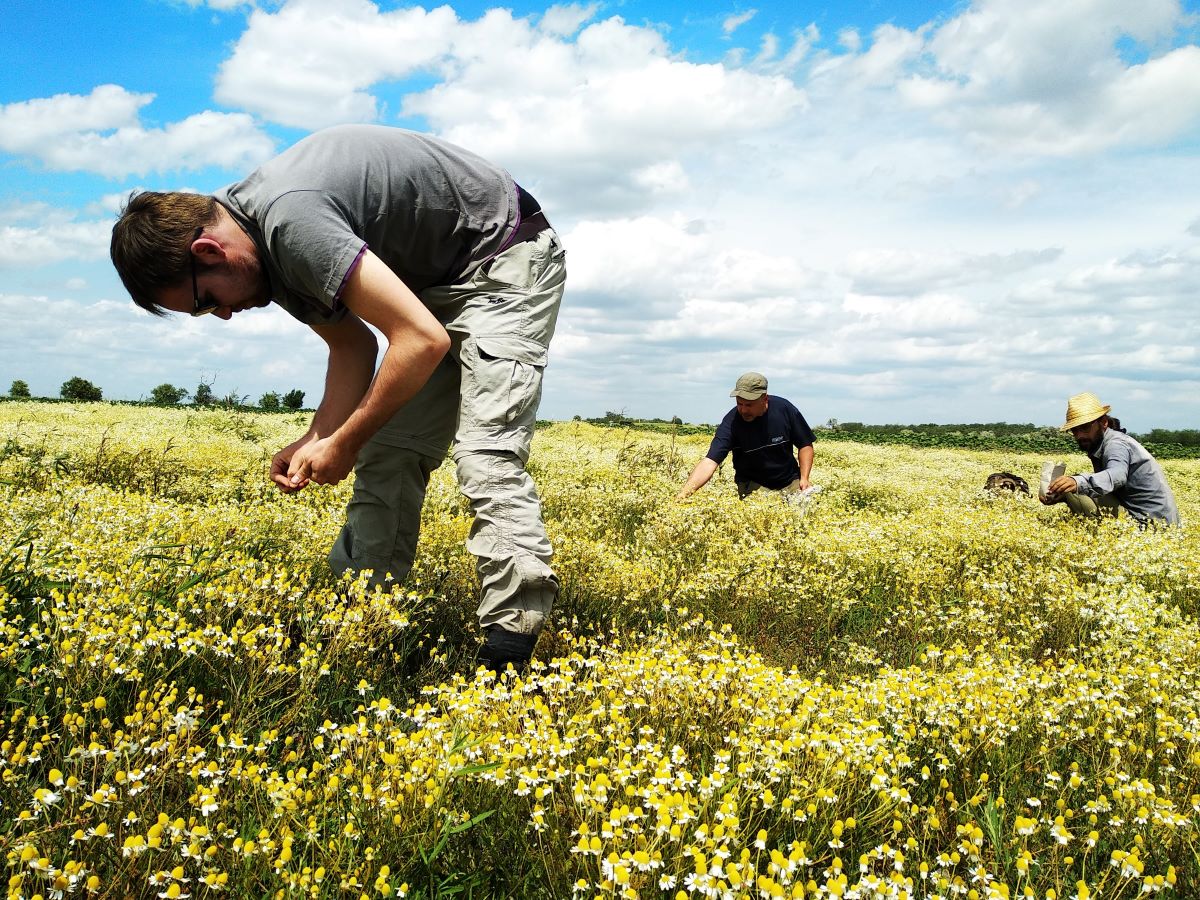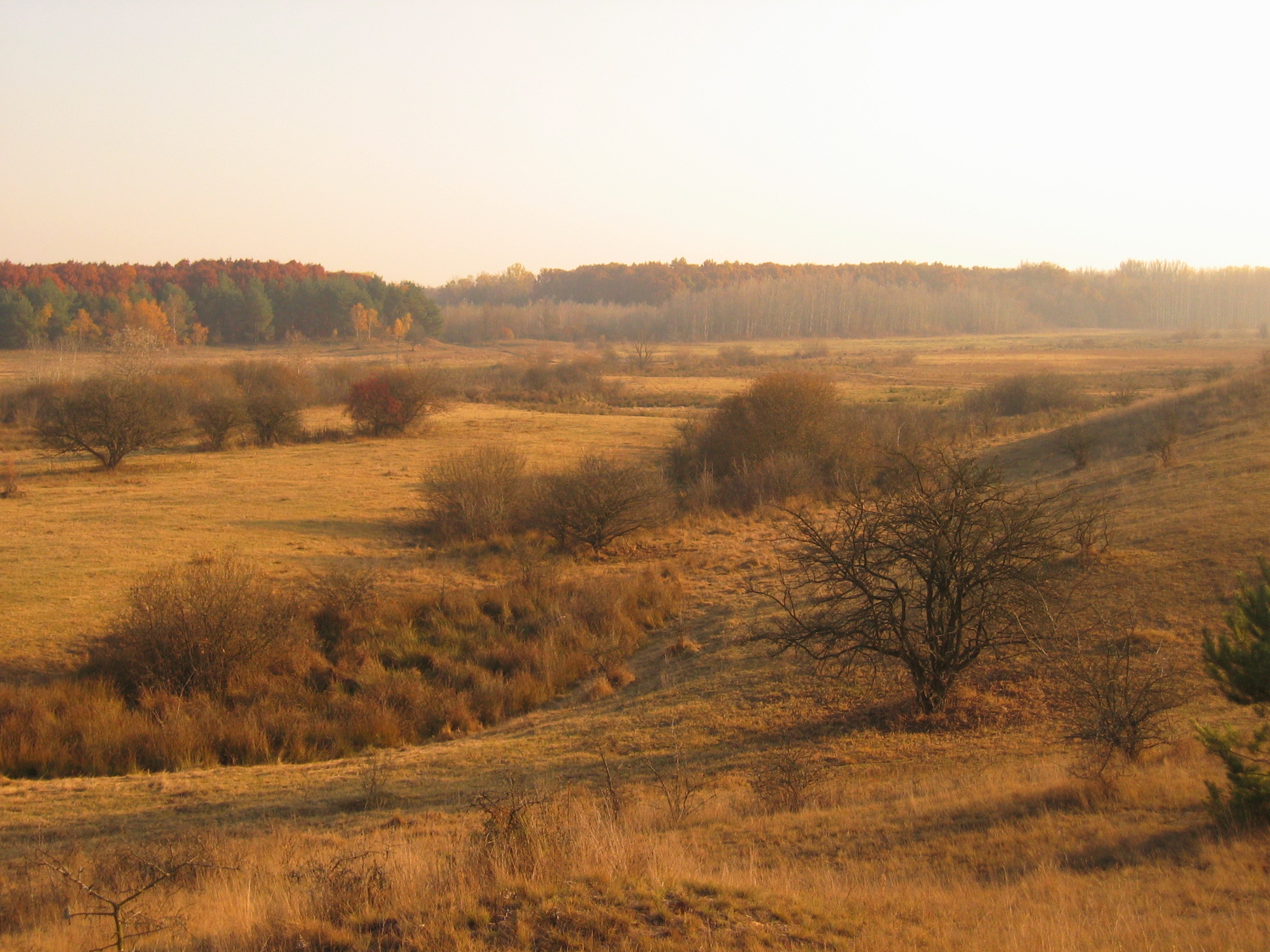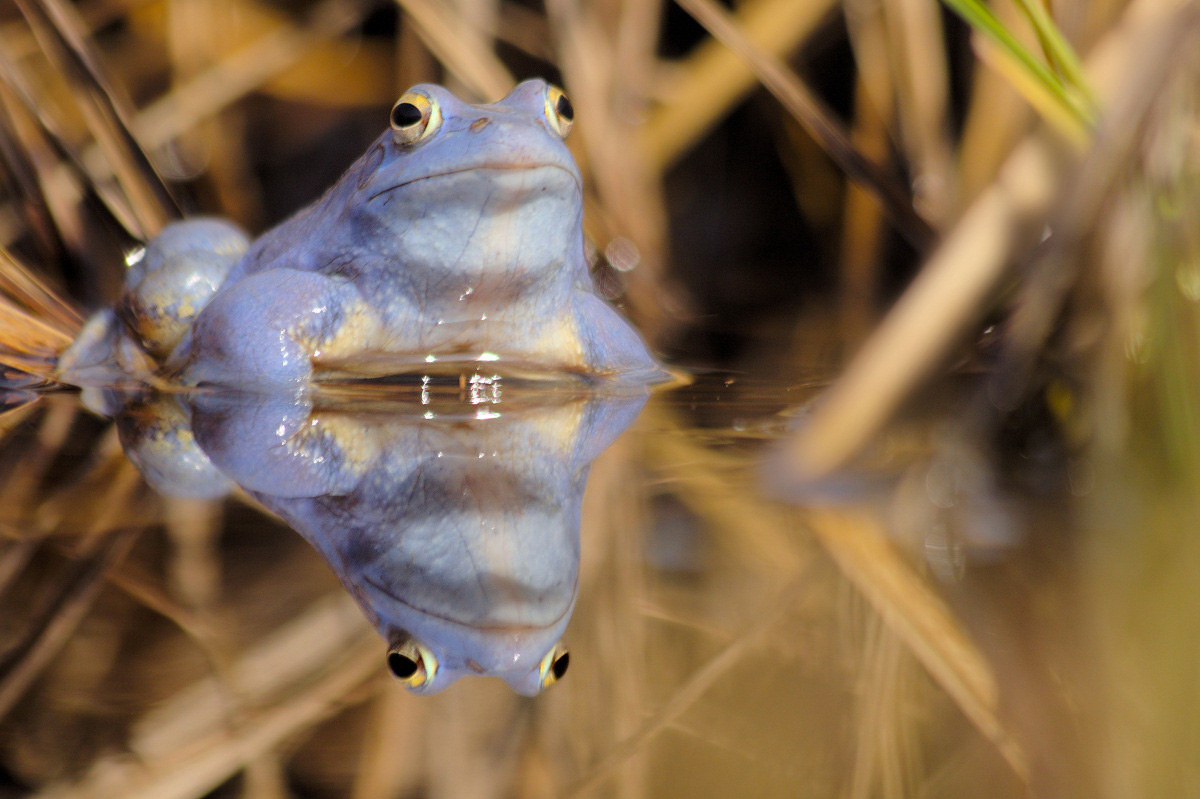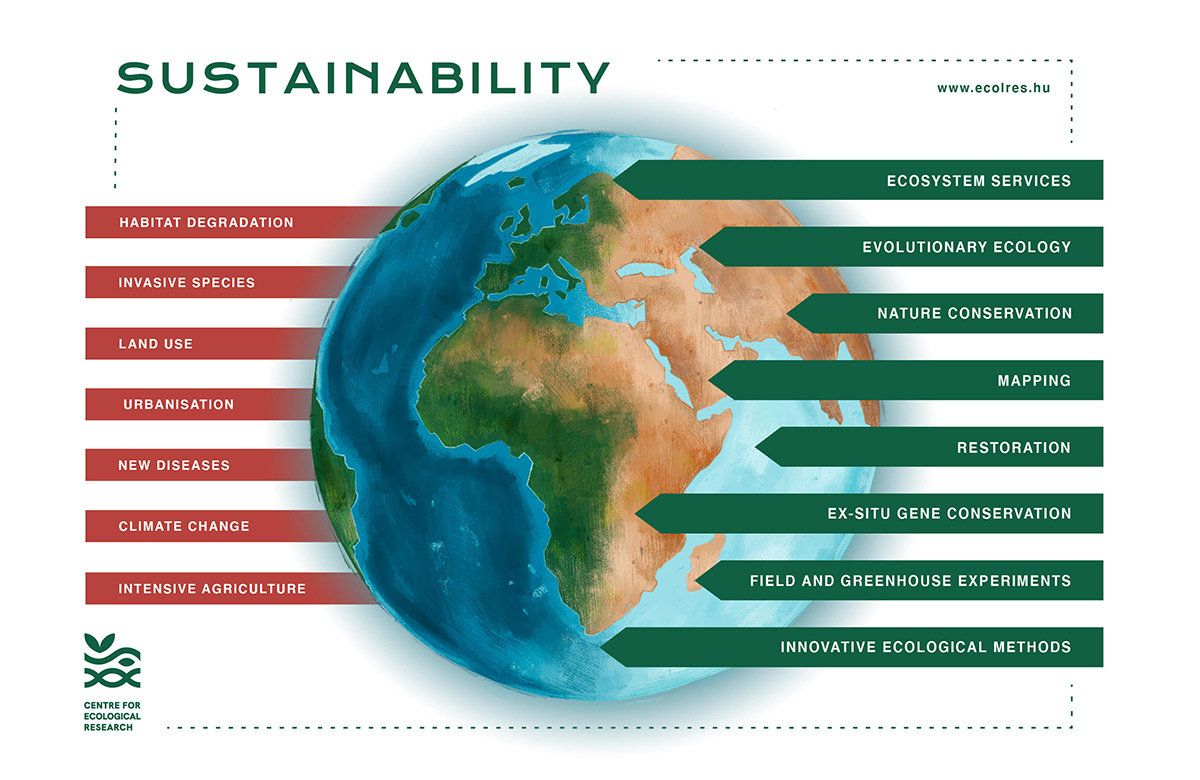News
Diverse native wildflower plantings for pollinators in farmlands
Pollinators are declining rapidly, largely due to land conversion and intensification of agriculture. To mitigate their crisis, low-disturbance habitats, such as sown wildflower plantings (commonly known forms are wildflower strips at the edges of arable fields), […]
Diverse native wildflower plantings for pollinators in farmlands
Pollinators are declining rapidly, largely due to land conversion and intensification of agriculture. To mitigate their crisis, low-disturbance habitats, such as sown wildflower plantings (commonly known forms are wildflower strips at the edges of arable fields), […]
Researchers show that increase in water salinity can drive evolution in planktonic organisms
Researchers at the HUN-REN Centre for Ecological Research (HUN-REN CER) are continuously studying the effects of changing environment on ecosystems, caused by human activity and climate change, and how animals respond to it. They recently showed […]
Numerical models for a better understanding of long-term effects on lake ecosystems
Nowadays we hear a lot about climate change impacts in general, however, we still lack in-depth knowledge about how climate change might modify the processes determining the ecological status of lakes and the structure and functioning […]
Interview with Corrado Alessandrini about apple orchards in Trentino, white-winged snowfinch and the National Botanical Garden of Vácrátót.
Corrado Alessandrini is an Italian PhD student visiting HUN-REN Centre for Ecological Research, and lives inside the National Botanical Garden in Vácrátót. He studies the agro-ecology of apple orchards in Trentino, and Europe’s most alpine birds, […]
Science and Society
Hungary’s richest, internationally renowned botanical garden showcases 13,000 plant species and varieties in a sentimental landscape garden that dates back two centuries. A national nature reserve and historic monument, a strategically important gene bank, an inexhaustible repository of research and education, a living museum. An ecotourism attraction offering experiences, curiosities and programs in every season, visited by more than 100,000 visitors a year.
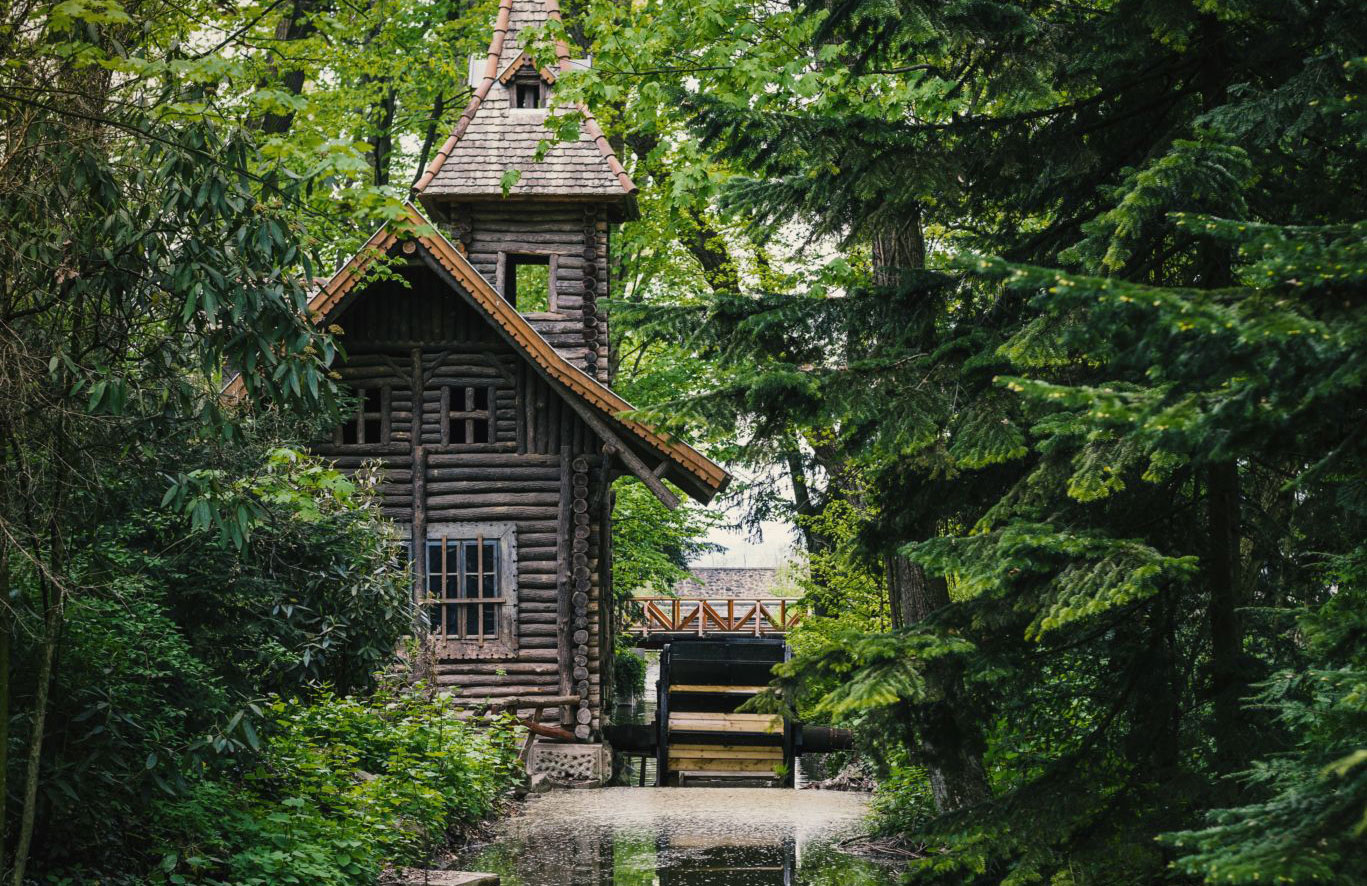
Hungary’s richest, internationally renowned botanical garden showcases 13,000 plant species and varieties in a sentimental landscape garden that dates back two centuries. A national nature reserve and historic monument, a strategically important gene bank, an inexhaustible repository of research and education, a living museum. An ecotourism attraction offering experiences, curiosities and programs in every season, visited by more than 100,000 visitors a year.



